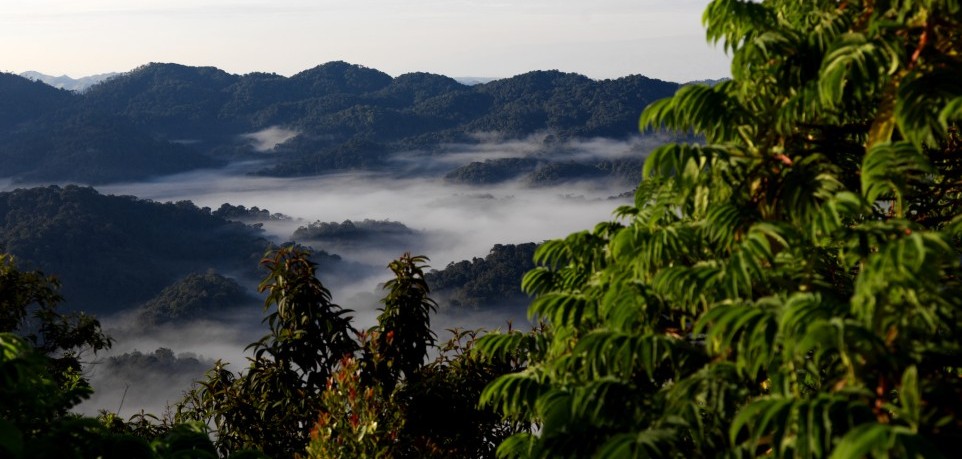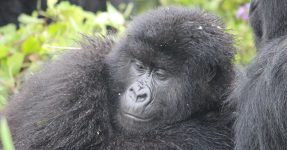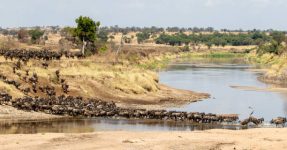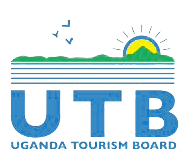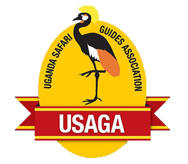Nyungwe National Park
One of the oldest rainforests in Africa, Nyungwe Forest National Park is also one of the biggest national parks that have boosted the tourism industry of Rwanda as a nation generating millions annually. Located in Rwanda’s southwest, near the border with Burundi, south of Lake Kivu and west of the Democratic Republic of Congo. Nyungwe National Park is also found in the districts of Rusizi and Nyamasheke.
Chimpanzee tracking is the main activity in Nyungwe forest, a popular destination for Rwanda safaris. Only two chimpanzee groups have been habituated in the park, with a smaller group of 30 chimpanzees being tracked in the park’s Cyamudongo Forest area. The larger group has around 60 habituated chimpanzees. Nyungwe Forest Rwanda is Africa’s largest Afro-Montane Forest, and as such one of the most well-known attractions in Nyungwe Forest National Park is the canopy walk, which allows visitors to ascend to the tops of the trees and walk on the hanging bridge while taking in the greatness of the forest.
The forest has significantly contributed to Rwanda’s climatic conditions because it is the country’s primary water catchment area, supplying approximately 70% of the country’s water. Established in 2004 it is home to over 1000 animals, birds, and natural species. Nyungwe is an important conservation area in Africa because it is home to a variety of animals, making it a popular destination for Rwanda tours.
There are approximately 1,068 plant species in Nyungwe Forest, including over 200 tree species and 248 orchid species, with new species being discovered every year. In addition, there are about 85 mammal species in Nyungwe, including 13 primates. And over 300 bird species thus being dubbed a bird’s paradise.
Canopy walk adventure
Built in 2010 by USAID through the Green Heart NGO group, the Canopy Walk in Rwanda is an exhilarating experience done in Rwanda’s Nyungwe National Park on a suspended bridge 70m above the great Nyungwe forest, this walk is guided on a 160 m long walkway that takes about 2 hours on this suspended bridge offers the best aerial view of the forest’s canopy.
The canopy walk is a guided tour available to people aged 6 and older for USD 90 each. Even though a 6-year-old can complete the trek, it’s best to always have an adult accompanying them. The trek may be taken at any time of year, although during the dry seasons when the path is drier, it is much better and easier to walk across.
You can have a glimpse of Lake Kivu, the various parts of the Nyungwe forest, the great East African region, and a variety of animals, birds, insects, reptiles, and amphibians while walking along the canopy walkway.
The 2.1 km Igishigishigi path, a hiking trail in the park, is where you access the suspended bridge for this activity. Once you’ve joined the trail, you’ll be on the 160m suspended bridge that spans the forest. This hiking trail shouldn’t deter you from going for a walk; it’s extremely simple to navigate, even for rookie hikers; there are just a few steep sections due to the mountainous landscape, but they are easily manageable.
The canopy walk schedule is at 8 and 10 am and 1 and 3 p.m. The walk begins at the Uwinka Reception Center, where guests are informed about the walk and given a walking guide. If you don’t already have walking sticks, raincoats, or other items you’ll need for the trip, you can buy them here. Following a session at the receiving center, you are escorted by a guide to the Igishigishigi trail and then to the 160-meter suspension bridge, which is affixed to enormous, sturdy trees on top of the old Nyungwe forest’s bio-diverse ecosystem.
The canopy walk is the ideal excursion for thrill-seekers, nature lovers, and daredevils alike, but don’t be worried whoever wants to participate in the walk is safe.
The walkway is solid, and the park management made sure that many safety precautions are put in place for your protection as you walk.
The walkway is divided into three portions that are 90 meters long, 45 meters wide, and 25 meters high. The canopy walkway in Rwanda is the only one in the East African region and the third of its sort in Africa.
The park is one of Rwanda’s three national parks that provides visitors with fantastic safari experiences, including the canopy walk as well as chimpanzee trekking, birding, hiking, the Ishuno waterfalls, nature walks, and community visits. Although you can see the majority of animal species on the canopy walk, it’s vital to keep in mind that you must go on foot if you want to get a close-up view of the creatures, especially the primates.
Activities are done in Nyungwe Forest National Park
Chimpanzee trekking
Two habituated chimpanzee groups can currently be spotted in the park: one at Uwinka and another sizable group at Cyamudongo. Chimpanzees trekking in Cyamudongo forest will depend on where the chimpanzees are located and the terrain of the forest area being trekked. This hike’s chimpanzee trekking takes about 4.2km round trip, with a total altitude gain of about 240m. This is about an hour of walking and three hours of looking through treetops for the primates and birds. Chimp trekking permits in the Nyungwe forest cost 60$ per person.
Birding walks
The Nyungwe Forest is without a doubt Rwanda’s top birding location for birdwatchers. 27 of the nearly 300 bird species that live in the Albertine region are exclusive to it. Due to its biodiversity, particularly its extensive bird collection, BirdLife International considers the park to be Rwanda’s most important conservation site. Watch out for the following bird species while exploring the forest’s existing trails; Mountain Sooty Boubou, Rockefeller’s sunbird, Archer’s Robin-Chat, Blue Turaco, Purple Throated Sunbird, Red-collared, Handsome Francolin, and lots of different species.
Bird watching in Nyungwe Forest
One must go on a guided bird walk to watch the bird species because some live in particular areas of the park. Bird watching must be scheduled for a $30 fee with the Rwanda Development Board. The majority of the bird species’ traits and locations are known to the Birds Guides. By listening to bird songs, you can easily identify them.
To make sure you have seen the majority of the bird species, we advise using more than one of the already existing paths. Due to migrant birds’ tendency to gather in forests during the dry season in search of food and shelter from Europe’s severe winters, this period is ideal for bird watching.
Biking through the Congo Nile Trail
Cyclists can travel this specific segment of the Congo Nile Trail through Nyungwe National Park. The Congo Nile Trial provides an excellent opportunity to explore the park as a whole while biking. Numerous bird species, primates, and other woodland fauna are certain to be seen as one bike through the track. Additionally, it is the ideal approach to view all the lovely tree and plant species that attract nature enthusiasts to the forest. While biking through the trail, camping is essential. It is crucial to include the proper gear, camping supplies, food, and water.
The best time to visit Nyungwe forest
Activities in Nyungwe Forest take place all year. However, as in most East African countries, the best time to visit Nyungwe National Park is during the drier months of June through August and December to January. The rains are less intense during these months, and the forests are less dense and not so muddy.



